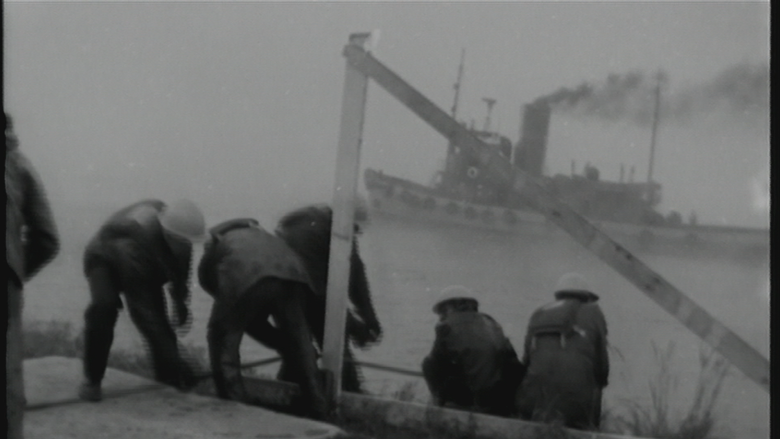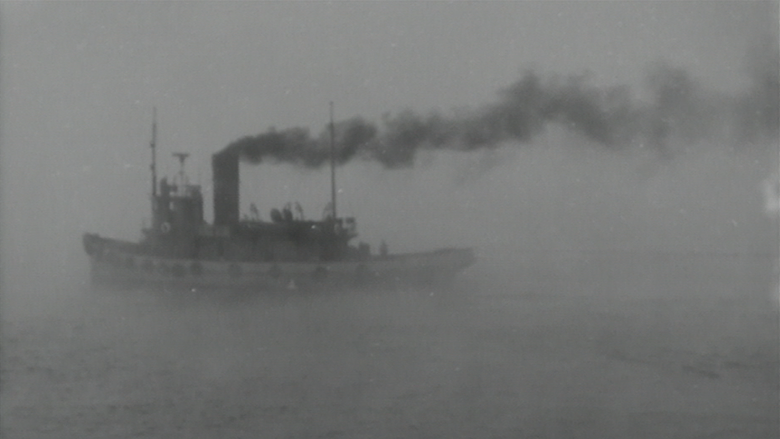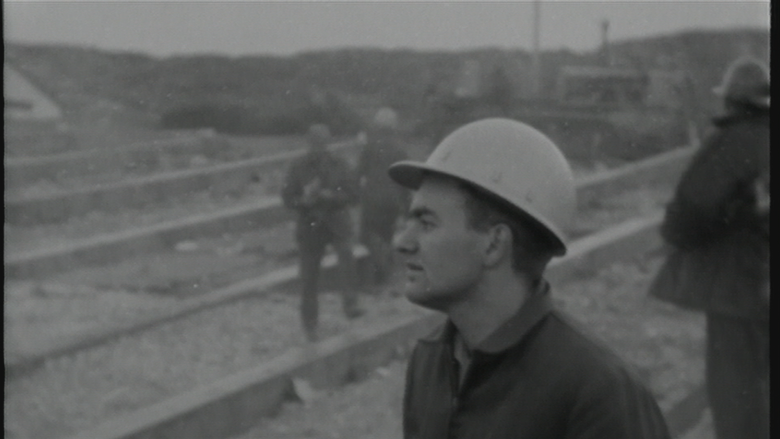Port of Churchill once looked forward to 'great fleets of the future'
In the fall of 1931, crowds gathered along the shores in northern Manitoba to watch two steamships pull into the Port of Churchill.
It was a historic moment for Canada's first deepwater arctic port.
The Globe newspaper, now the Globe and Mail, wrote that the giant port would "bring the grain-growing provinces of western Canada 1,000 miles nearer their markets in the Old World."
"[They] will watch with interest the arrival of trainload after trainload of grain from the Prairie provinces and will welcome the first transatlantic steamship precursor of the great fleets of the future which Western Canadians believe will trade into this far northern port."
This week, nearly 85 years later, the small community learned that the fleets of the future would no longer be pulling into the historic port on Hudson Bay in the far north of the province.
On Monday, Denver-based OmniTrax shut the only deepwater link between Canada's Arctic waters with little warning or explanation.
- ANALYSIS: What the closure of an Arctic seaport in Manitoba could mean for Canadian sovereignty
The closure stunned the town of about 750, where roughly one in 10 people is employed by the port at some point of the year.
Decades earlier, the population's hopes and dreams were attached to the port, which had taken years to construct and was called "incomparably superior" by engineers of the time.
'Seaport of the Prairies'
The idea of a great northern port started to become a reality when the plans were prepared in 1923.
Initially, a First World War-era plan was to build the port down the coast, at the mouth of the Nelson River, but it collapsed in what was then a national scandal.
In 1927, the government decided that Fort Churchill would be the terminus of the Hudson Bay Railway.
"It is a natural harbor, in which practically unlimited shipping accommodations can be provided in the shortest time and at a minimum of cost," engineer Frederick Paimer said in the Globe on Aug. 11.
A year later, 5,000 workers were constructing the railway and terminal, according to the paper. The route was said to be filled with promise for shipping grain cheaper and faster.
Work moved quickly as officials and workers optimistically dreamed of the prosperity that would come with the great boats of the Old World.
'Easy as walking down the Strand'
Finally, the day arrived where the water would roll and the Hudson's Bay Company steamships pulled in to pick up grain and the $50 million project was completed.
"Thriving seaport of the Prairies, Churchill tonight is on the eve of an achievement dreamed of for half a century," a 1931 article in the Globe said. "In the late North Country dusk officials of the Dominion Government reached the harbor on the rocky shore for the inaugural overseas shipments of Western grain, to be made this week."
The Warkworth, which sailed from Montreal, and the Farnworth, which sailed from England, were the first ships — and only ships of that year — that would make use of the port.
"Experts here declare the English navigators will find going to Churchill as easy as walking down the Strand," the Globe newspaper wrote at the time.
The port was unique because it has four deep-sea berths and papers at the time said it was "accessible for 30-foot vessels at all stage of the tide," although later, as ships got bigger, shallow waters restricted its development as an ocean port.
Eight days after the Farnworth arrived at the port it set sail again filled with 277,000 bushels of wheat, "plowing a new furrow in the field of Empire trade," on its way to London, the Globe wrote.
"Smoke from the funnel of the history-recording Farnworth … faded in the northcast sky," the Globe wrote.
"I hope I shall be back again next season," the ship's skipper was quoted saying in the newspaper.
Port struggles to stay open
In the years following, the port continued to export grain but it also shipped out honey, lumber, and livestock.
Throughout the 50s and 60s it was also used to import vehicles, liquor, pipe, tractors, and sodium nitrate, the port's website said.
The port's expectations of greatness were never met and it was overshadowed at Churchill by a Cold War-era airbase, which helped enlarge the town's population to more than 6,000 people before it, too, was decommissioned and dismantled. In 2011, the community's population had shrunk to 813.
In 1997, the Canadian government sold the port and the Hudson Bay rail line to OmniTrax. A slump in grain shipments put a more intense strain on the operation. The company's struggles continued for the port because business was limited to about four months a year when its waters are ice-free. Other factors such as insurance rates, the size of shipping containers and the economy also had a noticeable effect on shipping.
OmniTrax had been trying to sell the Port of Churchill and the rail line for some time, said Churchill mayor Mike Spence.
Polar bears, beluga whales and northern lights continue to attract tourists to Churchill, but with the port's closure the bright hope of eight decades prior has gone out.






